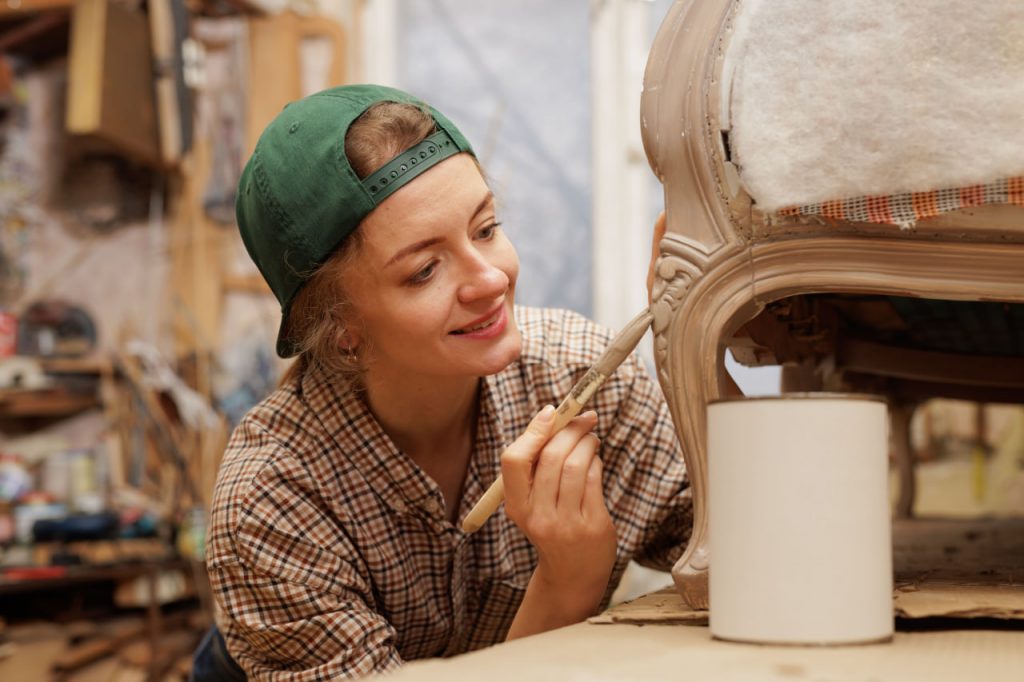How to Approach Wear, Breaks, and Aging with Confidence and Care
Restoring antiques can be one of the most rewarding artistic endeavors — but also one of the most challenging. Every crack, stain, and missing part tells a different story and requires a unique solution. At Antique Restoration School, we guide our students through these challenges step by step, cultivating both skill and intuition.
Understanding the Types of Damage
Antiques suffer a range of issues over time — some from use, others from poor storage or even past “repairs” done without proper knowledge.
1. Structural Damage:
Wobbly chair legs, cracked cabinet panels, or loose joints are common problems in wooden antiques. Before you think about cosmetics, you must stabilize the piece. This requires knowledge of joinery, adhesives (like hide glue), and techniques that respect the original construction.
2. Surface Wear:
Scratches, worn finishes, and fading are part of an antique’s natural aging process. Restoring these elements without erasing the item’s character is key. Our courses focus on invisible repairs, subtle patinas, and finish matching.
3. Missing Elements:
A drawer pull, a decorative trim, a piece of inlay — many antiques come to us incomplete. The decision to replicate or adapt these features is both technical and philosophical. Should you recreate the missing part? Or highlight the loss as part of its story?
Materials Can Be Tricky
Restorers must work with a wide range of traditional materials:
- Wood, which can swell, crack, or warp.
- Textiles, which may be fragile, stained, or brittle.
- Metal, often corroded or oxidized, requiring gentle treatments.
- Glass and porcelain, needing extreme care and often specialist tools.
Understanding how these materials age and respond to intervention is part of what makes this craft so deep and engaging.
Tools of the Trade: Tradition Meets Precision
From scalpels and micro chisels to traditional French polishing pads, our workshops are filled with the tools of past and present. Students learn not just how to use them, but when not to. Sometimes restraint is the best decision a restorer can make.
Every Piece Teaches a Lesson
One of our favorite phrases at the school is: “Let the object lead you.” No two projects are alike. One week you may be working on a Victorian writing desk; the next, a carved Chinese jewelry box. Our courses are designed to expose students to a rich variety of time periods, styles, and problems — all of which build skill and sensitivity.
At Antique Restoration School, we don’t just fix broken things. We help our students become caretakers of heritage, guardians of craftsmanship, and artists of restoration.

